7 Best Drone Video Tips For Outstanding Filmmaking
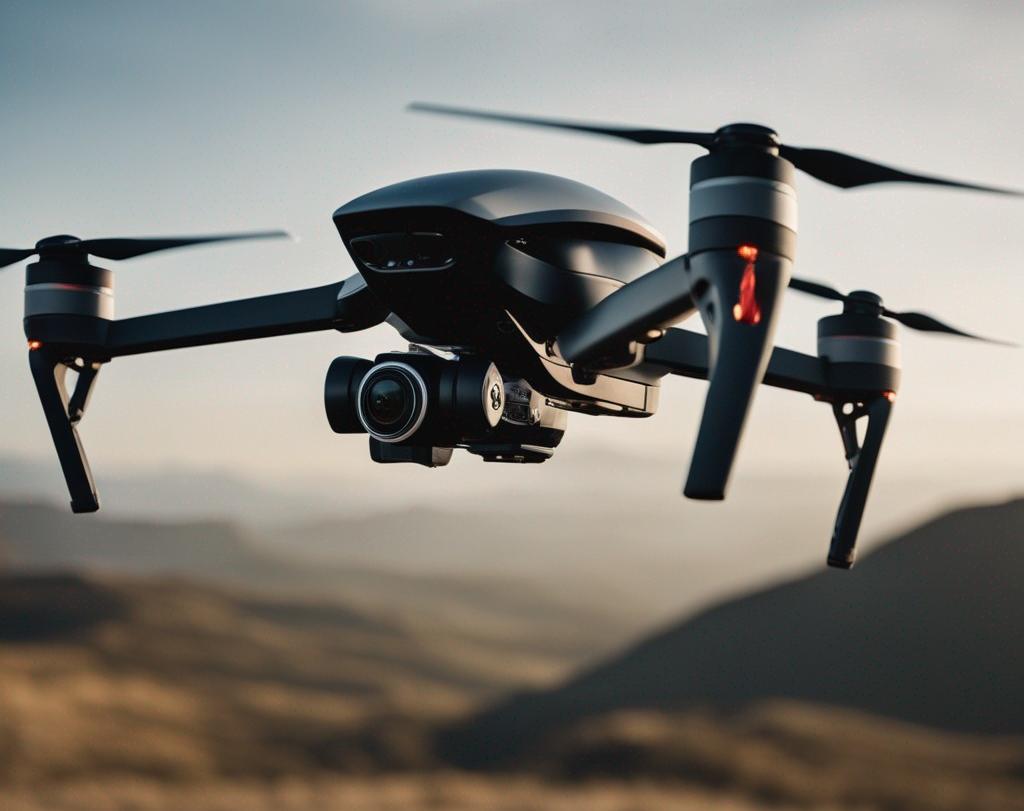
So you're ready to venture into the exciting world of drone videography? Before we delve into our top 7 best drone video tips, here's a quick primer. This craft involves a combination of essential tools and basic understanding of some key concepts. Starting from choosing the right gear and mastering the appropriate software applications, the journey to phenomenal filmmaking is truly thrilling. You'll be amazed by what playing with varying heights and angles can do to your shots. Exciting techniques like panning, tilting, zooming and the cinematic dolly zoom effect can be pivotal in creating movie-like shots. But it doesn't just stop there. We'll be discussing tips ranging from reaping the benefits of natural lighting during the golden hour to ensuring safety first by adhering to FAA regulations and local laws. Interesting, isn't it? So buckle up, as this blog will guide you progressively through this exhilarating trek in the world of drone videography.
Tip 1: Play with Heights
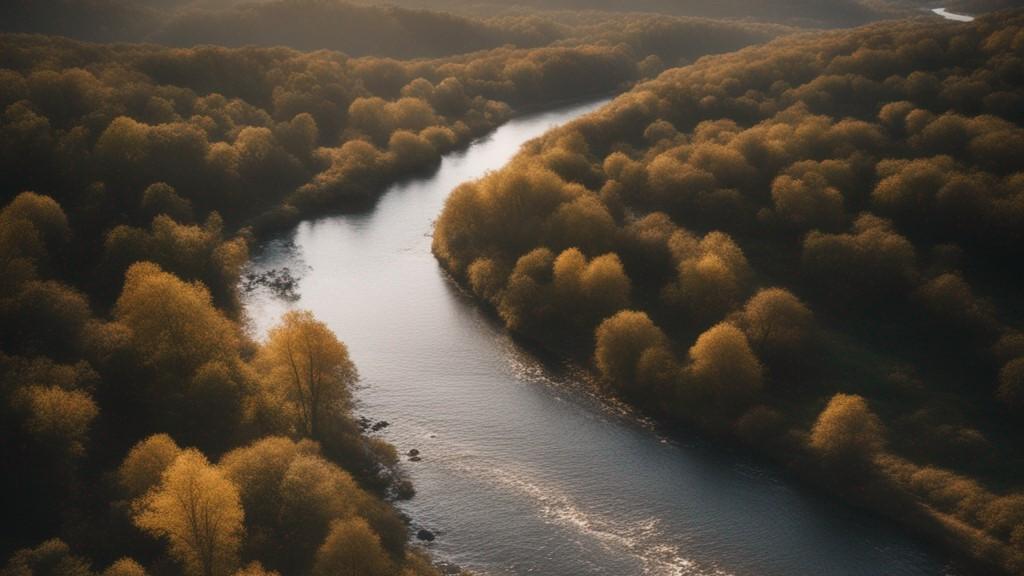
In order to create outstanding footage with your drone, one of the 7 best drone video tips is playing with heights. Through mastering the skill of maneuvering your drone at varying altitudes, you open the door to a wide range of unique perspectives. Ground views offer up-close details that engage the viewers viscerally. Higher up, aerial views induce a vast, expansive feel that can be breathtaking in its scope. The point is, by intentionally manipulating the vertical position of your drone, you bring about more depth and interest in your videos. Think of the sweeping aerial view of a bustling cityscape or the intimate ground-level shot of an interesting rock formation. All of these are achieved by a mindful adjustment of heights. It's like having an imaginary paintbrush that you can arch across the skies, reaching down to the details below or floating up to capture the vast horizons. This is the power of playing with heights, and truly it brings a unique flavor to your drone filmmaking.

Tip 2: Movie-like Shots

Making your drone videos look like they're straight out of a movie is a surefire way to impress viewers. To achieve this cinematic effect, you'll want to capitalize on using panning, tilting, and zooming techniques. Panning consists of sweeping the camera horizontally across the landscape, creating a wide, majestic perspective. Tilting is moving the camera up or down, which can offer a rising or falling feeling to your footage. And lastly zooming, instead of creating blurriness or shaking which usually comes with manually adjusting the zoom on a handheld camera, drone footage stays smooth and steady throughout.
Drones also can mimic the legendary dolly zoom effect, made famous by Alfred Hitchcock's 'Vertigo.' This is where the camera moves closer or further from a subject while simultaneously adjusting the zoom to keep the subject the same size, creating an intense, disorientating perspective. This may take a few attempts to perfect, but the result is a dramatic, eye-catching shot that will take your drone footage to a whole new level. These are some of the 7 best drone video tips you can use to make your filming stand out. Whether you're filming a sweeping landscape or a fast-paced action scene, these techniques will help your footage look professional and cinematic.
Tip 3: Golden Hour Filming
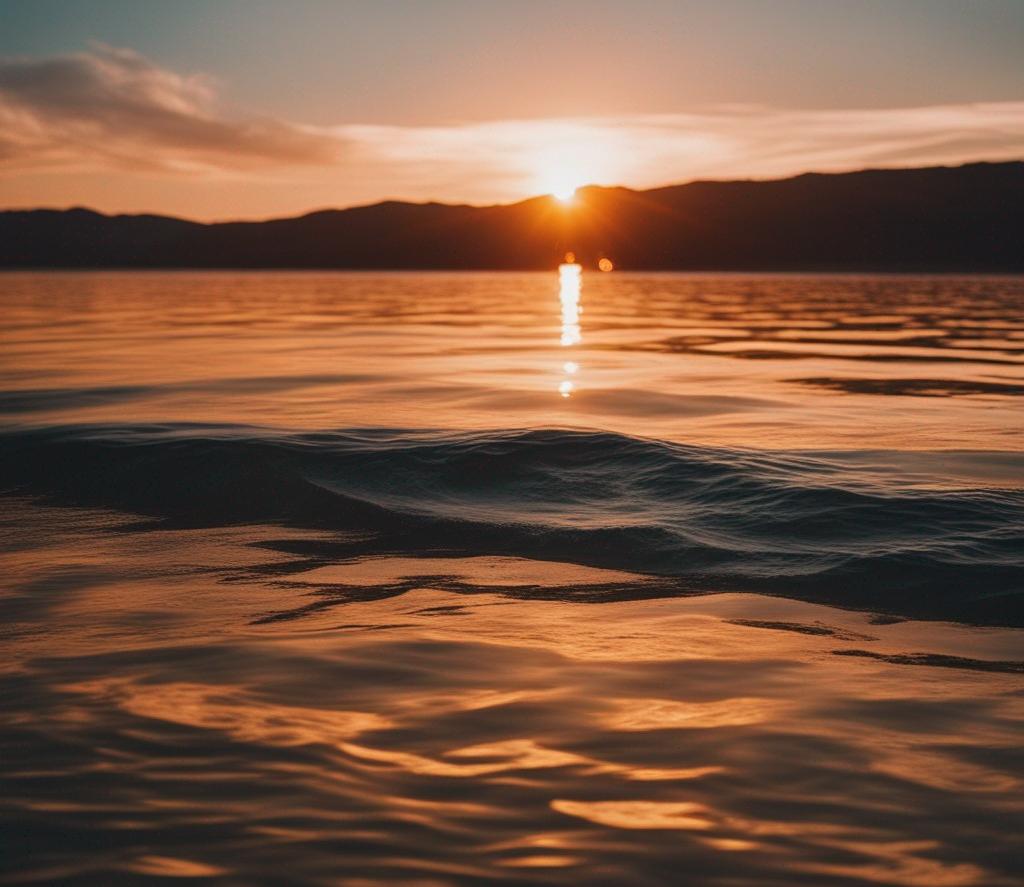
Making use of natural lighting is crucial in drone filmmaking, and there’s no better time to capitalize on this than during the "golden hour" - the 1-hour period after sunrise or before sunset. This time frame provides soft, diffused light that lends a warm hue to your visuals, adding a majestic and cinematic feel. It's during this hour that the sky paints a perfect backdrop, effortlessly enhancing your drone video quality. Be mindful, though, as the golden hour doesn’t last long; you’ll need to plan your shoots around these times to make the most out of it.
Capturing the stunning visuals during sunrise and sunset is not merely about the timing. It also comes down to understanding and manipulating your camera settings to accommodate the unique lighting conditions. Experiment with different drone camera settings like white balance, ISO, and shutter speed; they are key to capturing breathtaking beauty during golden hours. For instance, lowering your white balance can emphasize the warm tones, while playing with your shutter speed can manage the amount of light hitting your sensor.
Understanding camera settings for golden hour videography involves quite a learning curve, but the outcome can be rewarding. Making small adjustments can sometimes make the most significant difference in the final look of your drone video. So, don't shy away from testing different settings until you achieve desired results. Incorporating golden hour filming also helps you master one of our "7 best drone video tips," enabling you to create outstanding, professional-quality drone videos.
Tip 4: Use GPS Mode
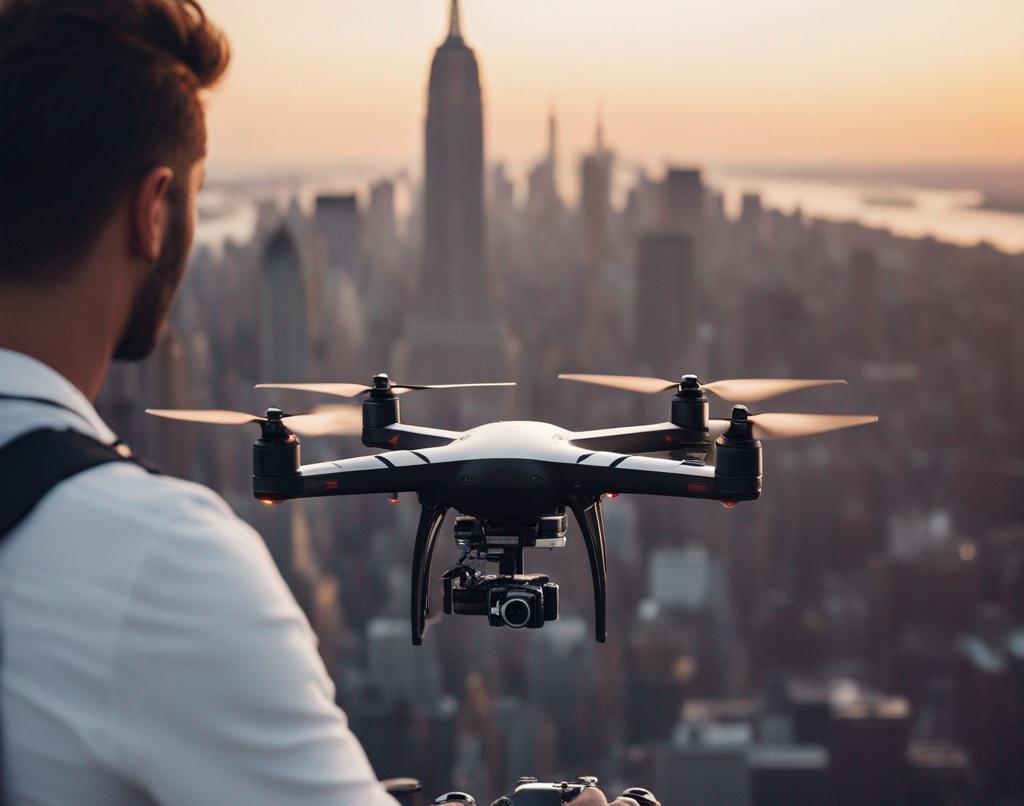
One essential element in our 7 best drone video tips is the use of GPS Mode. So, what does using GPS mode entail? Well, GPS mode essentially means making use of your drone's Global Positioning System to capture stable and controlled shots. You can do this by selecting one of the available modes on your drone, such as, the follow-me mode, waypoint mode, and home return mode. For instance, using 'follow-me' mode enables the drone to automatically follow and record you, providing a dynamic, constantly moving shot without the need for manual control.
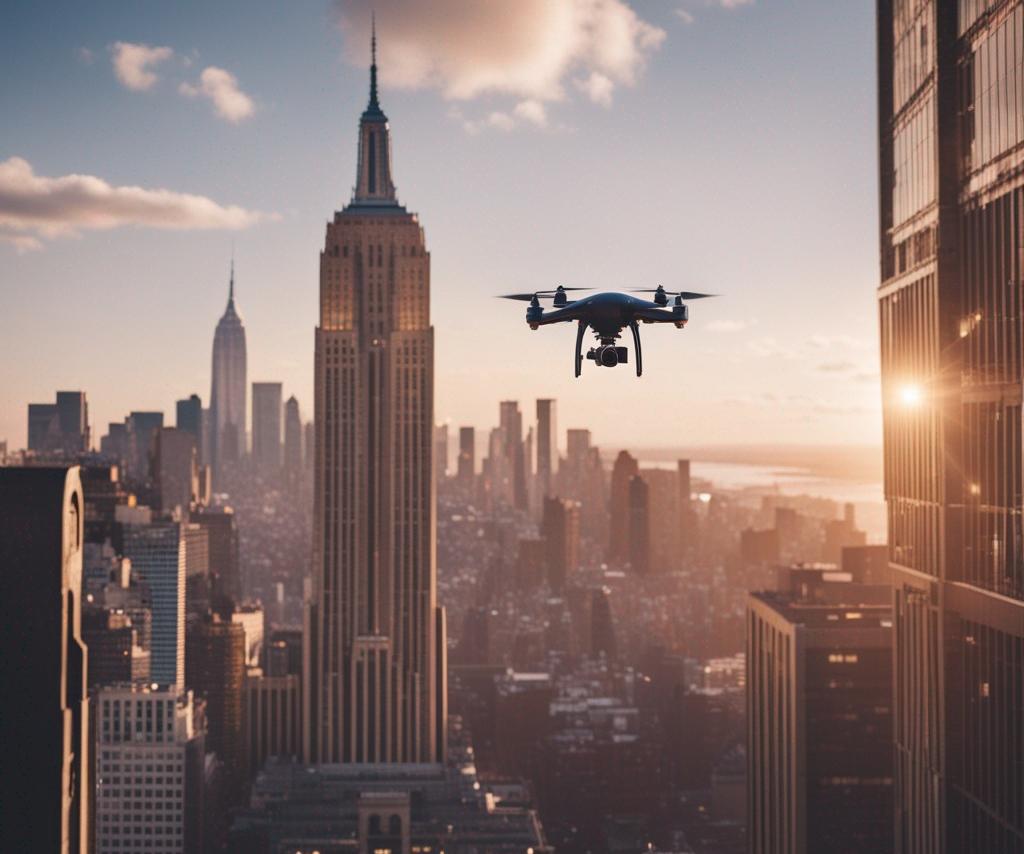
Digging deeper, another effective method within the GPS mode is the 'waypoint' mode. This allows you to pre-define a path with multiple points that your drone will automatically navigate, ideal for capturing complex shots with peace of mind. Lastly, the 'home return' mode can be highly useful. It can prevent the loss of your drone in outdoor settings, as it instructs the drone to return to its original launch point at the press of a button or if the drone gets disconnected. All these modes can significantly enhance your filmmaking experience, ensuring you get the perfect shot every time. Utilizing GPS mode is a strong step towards creating exceptional drone videos.
Tip 5: Drone Safety First
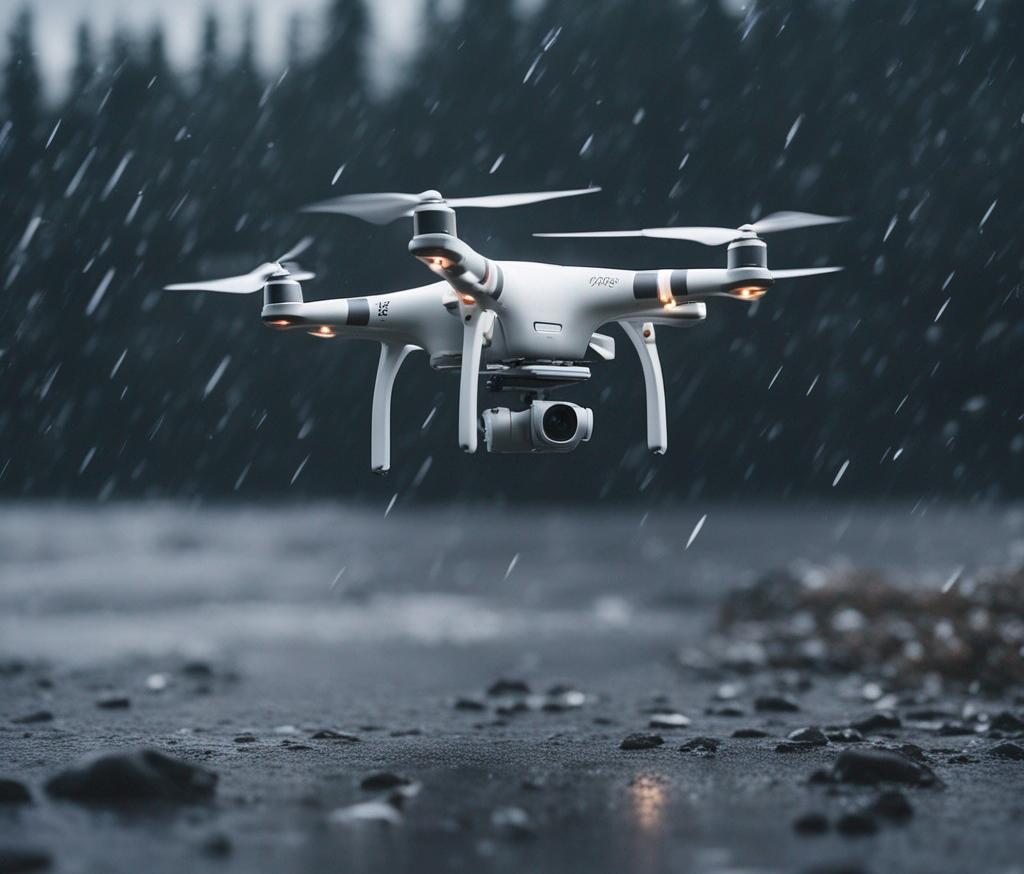
The emphasis on safety should never be an afterthought when it comes to one of the 7 best drone video tips. It's imperative to always abide by FAA regulations and local laws related to drone operation. These rules are in place to ensure public safety and to protect property, including your drone. Violations can undermine your rights as a filmmaker and incur hefty fines.
The investment in your drone isn't just financial. It involves the time you've spent learning to operate it and the emotion associated with each captured scene. To avoid any unfortunate crashes or damages, make an effort to understand drone control thoroughly and practice in a safe, open environment first. Going through trial and error without the risk of damaging property or infringing on someone else's privacy is beneficial.
Your drone isn’t just affected by your control, weather conditions also play a vital role in its performance. High winds can blow your drone off course or could even cause it to crash. Rain can damage the electronics, while fog can lead to poor visibility. Always check the forecast before flying your drone and avoid unfavorable weather conditions to ensure maximum safety and control.
Lastly, don’t forget the simple but essential rule of always keeping your drone in sight. As tempting as it can be to let your drone roam freely to capture distant views, maintaining a clear line of sight during flight allows you to respond promptly to unexpected scenarios, like unexpected bird flights or a sudden change in weather. This immediate response ability directly affects the maintenance of your drone and the safety of your surroundings. Remember, safety should always be your primary concern, and understanding these key aspects will bring out the best in your drone videography.
Tip 6: The Rule of Thirds
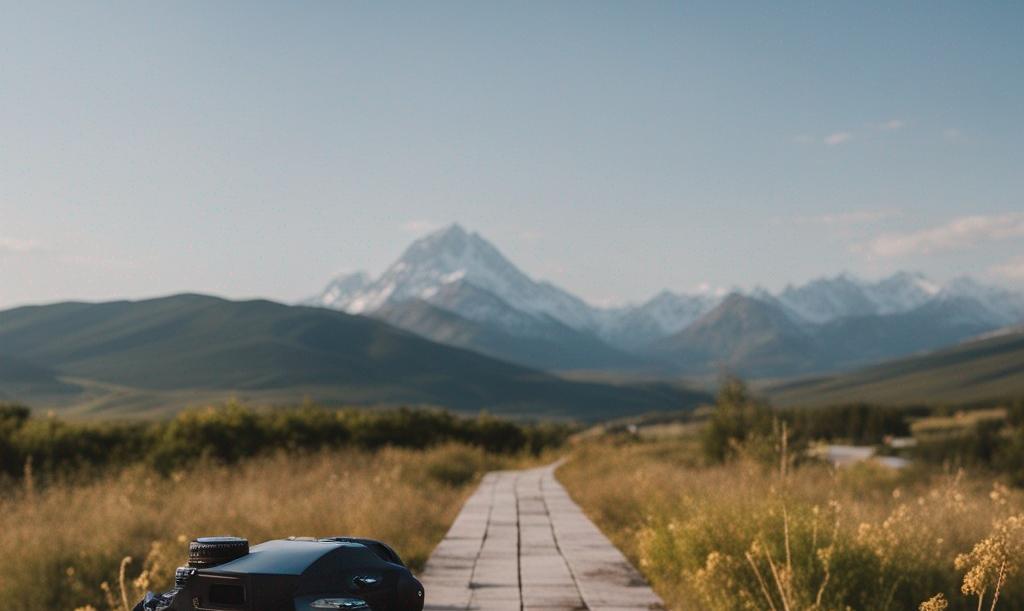
The rule of thirds is a critical concept in composition, especially when mastering drone videography. This guideline helps to tell a balanced and engaging visual tale. It divides the frame into nine equal parts—three across and three down—creating a grid. This grid guides you to position important elements of your scene along the lines or at the intersections. As one of the seven best drone video tips, understanding and incorporating the rule of thirds can greatly enhance your drone videos and bring your storytelling to life.
To demonstrate, if you’re recording a landscape scene, try placing the horizon on one of the horizontal grid lines instead of in the middle of the frame. By doing so, you emphasize either the sky or the land, depending on where you place the horizon. This can create a striking, balanced visual that captivates viewers. If you’re filming a subject, place them on one of the vertical lines or at an intersection. This draws attention to the subject and provides visual interest in the rest of the frame.
Popular drone footage often utilizes this rule to create compelling compositions. For example, interesting spatial relationships can be crafted between subjects, such as a person hiking and the expansive landscape they're walking across. By placing the person at one intersection and the horizon at a horizontal line, an engaging narrative can be captured. Ultimately, the rule of thirds can greatly enhance the visual engagement of your drone video footage, making it a key aspect of outstanding drone filmmaking.
Tip 7: Angles & Movement

Mastering the art of angles and movement greatly influences the final output of your drone films and can truly contribute in making them outstanding. The application of an assortment of unique angles and movements can generate a visually aesthetic and engaging end product. To create dynamic shots, it's critical to experiment with a mix of vertical, horizontal, and rotational movements. Vertical angles offer a bird's eye view giving a whole new perspective to your scene. Horizontal angles add a narrative and story-like feel to your footage resembling cinematic shots. Meanwhile, strategic use of rotational movement can create an interesting and captivating scene, transforming a simple shot into a cinematic experience.
Furthermore, it's not just about the angles and movement, but also their execution that matters. The significance of speed control in capturing footage cannot be overstressed. How fast or slow your drone moves can greatly change the mood of your footage. Slow, steady movements can create a calming, tranquil atmosphere, while faster movements add excitement and drama. Implementing speed control makes your footage not only smooth, but also emotionally influential. For instance, using a slow speed to film a breathtaking sunrise can instill a sense of peace and serenity. It's these 7 best drone video tips that will help maximize your output and generate astonishing results in the field of filmmaking. Slow and steady, or quick and erratic, the choice of speed should mirror the essence of the moment you're aiming to capture.
A Summary of Tips
To conclude, we harp on the significance of mastering all the 7 best drone video tips to improve your drone videography skills. It is important to understand the basics, experiment with heights, create movie-like shots, and utilize the golden hour to its fullest potential for stunning visuals. One must not forget the technological advantage of using the drone's GPS mode for stable shots, along with adhering to rules for safety and legal compliances. The composition plays a key role in the outcome, where using techniques like the rule of thirds can enhance visual engagement. Lastly, finding unique angles and movements, while controlling speed, ensures smooth and dramatic footage, making your drone footage stand out. Remember, regular practice marries innovation with skill. There's an entire horizon of possibilities you can explore with your drone, so keep shooting and keep learning.
